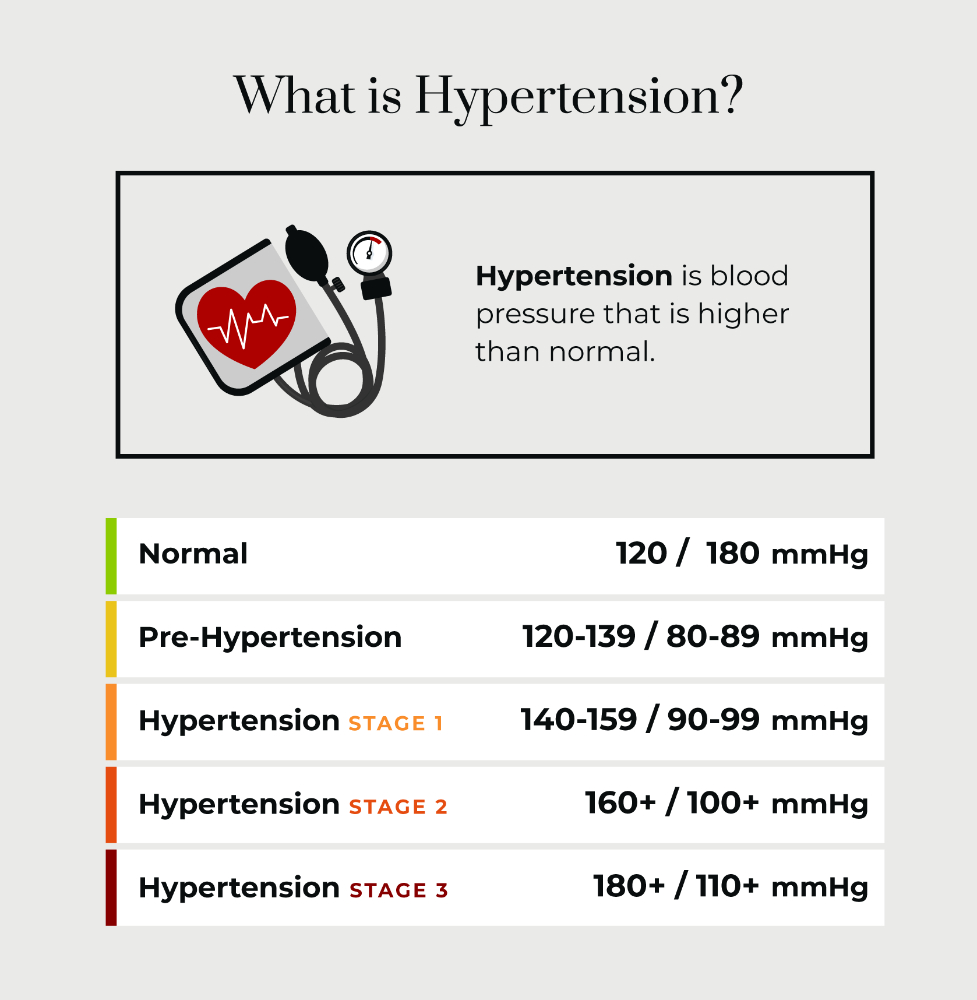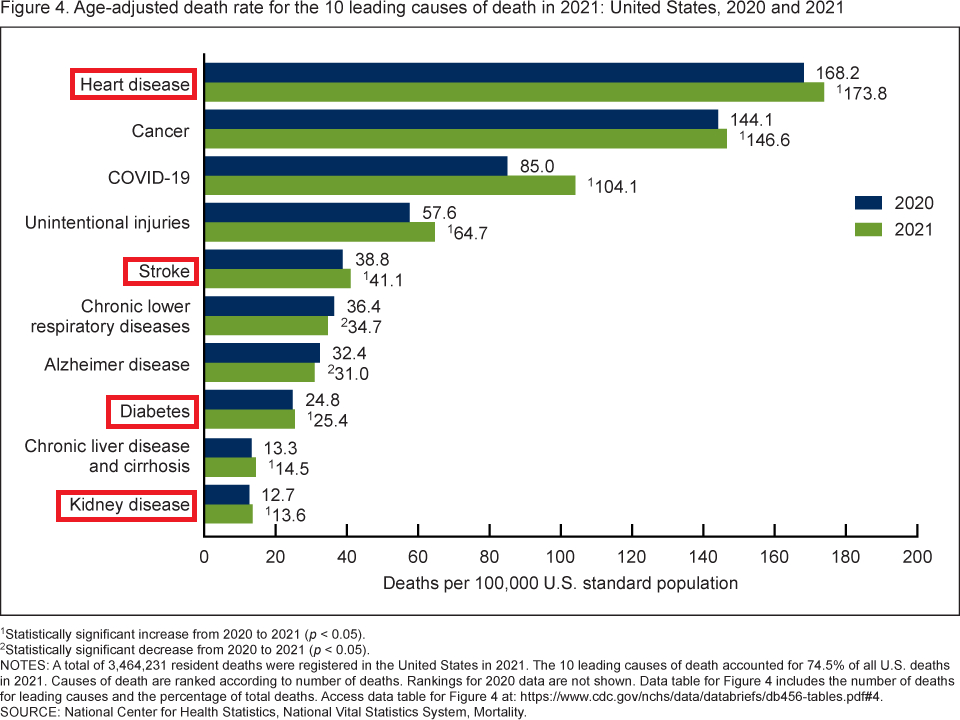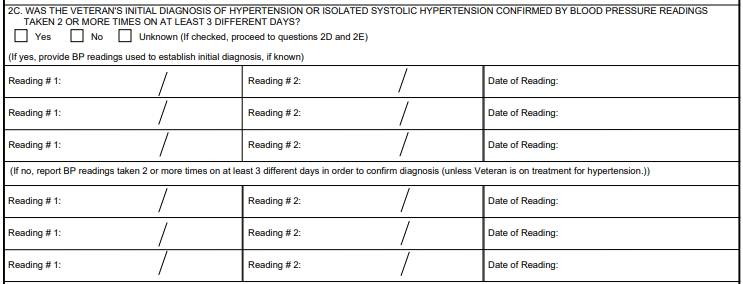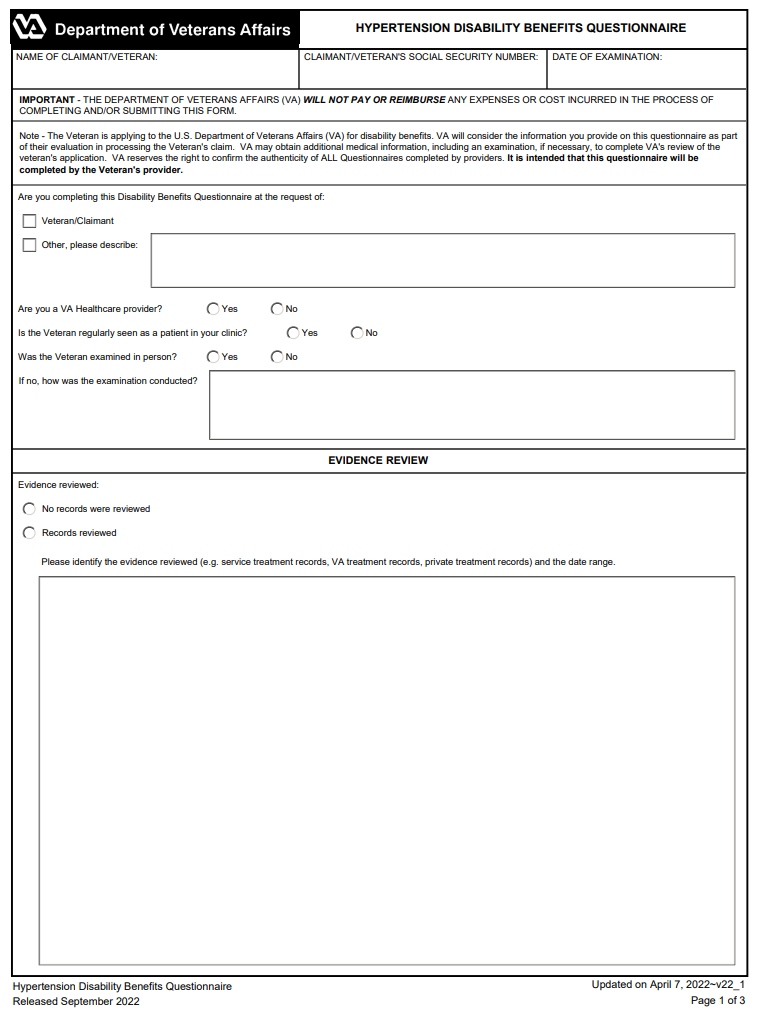Your blood pressure is a measurement of how much pressure your blood flow places against your blood vessels in your circulatory system.
Medical professionals measure your blood pressure using two reference points: systolic blood pressure, which is the pressure in your arteries when your heart beats, and diastolic blood pressure, which is the blood pressure against the artery walls in between heartbeats.
Normal blood pressure falls within a range of 120 for systolic pressure or 80 for diastolic pressure.
Hypertension is the medical term for a condition commonly known as “high blood pressure.” For consistency we use the term “hypertension” here, but the thing to remember is that hypertension and high blood pressure describe the same condition.
Hypertension exists when you have a systolic blood pressure more than 130, or a diastolic blood pressure greater than 80.
Estimates are that one-third of the American adult population, possibly even as many as half of it, has at least some degree of hypertension. The risk of developing hypertension increases as you grow older. By the time you are in your 60s, there is a two-thirds chance that you will have hypertension.

Multiple factors can lead to hypertension. Some of them you can control, and some you cannot.
Causes of hypertension that you can avoid include a lack of exercise and bad eating habits. Being overweight and cigarette smoking also increase your risk.
In some cases, though, there is less that you can do to reduce your chances of having hypertension. We have already mentioned increasing age as one contributing factor. Here are four more known contributing factors that you have little influence on:
The only way to know for sure that you have hypertension is to have it diagnosed through checking your blood pressure.
One of the most troubling and dangerous things about hypertension is that it often goes unnoticed until its harmful or potentially lethal side effects begin to show. By the time you start experiencing shortness of breath, irregular heartbeats, chest pains, vision problems, and severe headaches you will likely be facing more severe or even life-threatening health conditions than just hypertension.
This delayed symptom effect has given hypertension a nickname: “The silent killer.”
Hypertension is a serious medical condition. If you have it, then you also have a higher risk of having serious health problems like heart disease that can lead to debilitating and even life-threatening events like kidney disease, vision impairment, a heart attack, or a stroke.
According to the Centers for Disease Control, by itself hypertension causes tens of thousands of deaths every year through renal disease. The more sinister contributions of hypertension to your chances of dying are apparent in the illustration below. It shows the top 10 causes of death in the United States. Hypertension is connected to four of these causes, the ones in the red boxes:

Source: CDC, Mortality in the United States, 2021
The US Veterans Administration (the VA) recognizes hypertension as a service-connected disability.
Hypertension is the most common chronic condition that veterans suffer. More than one-third of veterans have it.
How much you can qualify for in monthly VA benefits for hypertension depends on how severe your hypertension condition is. The VA assigns one of five ratings for hypertension: 0 percent, 10 percent, 20 percent, 40 percent, and 60 percent.
Your hypertension disability rating must be 10 percent or more to receive monthly disability compensation. A disability rating of 0 percent rating will still qualify you for VA health care and other benefits.
Here are some of the aspects of each compensable VA rating for hypertension:
At this level, your systolic blood pressure is between 160 and 199, or your diastolic pressure between 100 and 109.
The 2024 monthly VA compensation for this disability rating is $171.23 per month. This applies to all circumstances, including if you have a spouse and any additional dependent parents or children.
This rating requires a systolic blood pressure of 200 or more or diastolic pressure of 110 to 119.
The 2024 monthly VA compensation for this disability rating is $338.49 per month. As with the 10 percent rating level, this rating applies even if you have a spouse and any additional dependent parents or children.
The 40 percent disability rating requires a diastolic pressure level of 120 to 129.
The 2024 monthly VA compensation for this disability rating for you individually is $755.28 per month. At this rating level, if you have a spouse, dependent parents, or dependent children or children in a qualified educational program, you can qualify for additional benefits for them.
At this highest rating for hypertension, your diastolic pressure is at least 130.
The 2024 monthly VA compensation for this disability rating for you individually is $1,361.88 per month. You can qualify for additional benefits in the same way as for the 40 percent disability rating above.
To receive monthly VA disability benefits for hypertension, you will need to show two things: that you have hypertension, and that it is connected to your military service.
The VA defines hypertension as either of the following:
Once you have a diagnosis for hypertension, the next thing you must do is to show that the condition has a connection to your military service. There are two ways you can do this: through a presumed service connection, or through medical evidence to establish a service connection.
In some situations, if you can meet a baseline eligibility based on your time in service, then the VA will presume that your disability has a service connection. Perhaps the best-known presumed service connection disability is for exposure to Agent Orange in several specific country locations and service assignments between 1962 and 1980.
The VA will also presume that your hypertension is service-connected if your medical diagnosis for hypertension dates to within one year from the date you left active duty military service.
If you cannot qualify for a presumed service connection, then you must prove to the VA that a service connection exists. This is also known as proving a nexus between your disability and your service.
You prove a service connection by providing evidence with your disability claim. Some of the kinds of proof the VA will consider include, in order of their value:
To show a service connection or nexus, you can use a current diagnosis of hypertension coupled with evidence connecting it to the existing service-connected disability. To do this, the VA can require you to undergo a Compensation and Pension (C&P) exam. After this exam, your VA examining physician will schedule you for blood pressure measurements to be taken at least twice on three separate days.

If you have these three blood pressure test days in the same month, then the VA will assign you the highest rating from them. If your test days take place over two months, then the VA will assign your disability rating based on the first set of test results. If your second set of test results is higher than the first one, then the VA will adjust your disability rating to the higher level, effective from the date of the second set of test results.
Something that can help you here is the Hypertension Disability Benefits Questionnaire:

The Hypertension Disability Benefits Questionnaire is a form printed by the VA that you can download from its website. It is one of several Public Disability Benefits Questionnaires (DBQs) the VA provides for many kinds of disabilities. Other DBQs that might pertain to a hypertension condition are for artery and vein conditions, and for heart conditions.
The VA intends for your treating physician to use the Hypertension DBQ when assessing your disability. One significant advantage to submitting this DBQ with your VA disability claim is that because it is a VA form, a DBQ will address the proof points that the VA will consider most important when assessing your claim. Another advantage is that it helps to build your VA medical records with documentation the VA will find highly relevant.
Sometimes hypertension might not be directly caused by your military service, especially if you do not qualify for a presumed service connection, but instead it arises from another service-connected disability. This is a secondary service connection, and you can use it to support your claim for monthly disability benefits.
Examples of disability conditions that can lead to a secondary hypertension disability include coronary heart disease, sleep apnea and post-traumatic stress disorder (PTSD).
In addition to being a potential secondary service-connected disability itself, hypertension can also contribute to other secondary disabilities. These include coronary artery disease (also known as ischemic heart disease), kidney disease, and stroke.
If the combination of your hypertension disability and other secondary conditions meets the criteria for Total Disability Based on Individual Unemployability (TDIU), then you may qualify for the equivalent of a 100 percent disability even if adding up your disabilities would not otherwise produce a 100 percent rating.
There are three ways that a VA disability for hypertension can qualify for TDIU benefits:
Although hypertension is a frequently-diagnosed disability, it can still be challenging to prove, especially if you do not qualify for presumed disability. At Stone Rose Law, our VA disability lawyers can help you throughout the entire VA disability claims process, for hypertension or any other service-connected disabilities:
There is no charge to you for us to help you with your initial or supplemental claim. If we handle your appeal, we only collect a contingency fee if we win. That fee comes only from any back-due compensation the VA awards you, so all the rest of your benefits, including your monthly disability benefits, are entirely yours.
Call us today at (480) 498-8998 to speak with one of our VA disability attorneys and arrange a free consultation. Or, if you prefer, you can contact us online to ask a question or set up a free consultation. You can also access our VA disability calculator to estimate the benefits you may be eligible for.